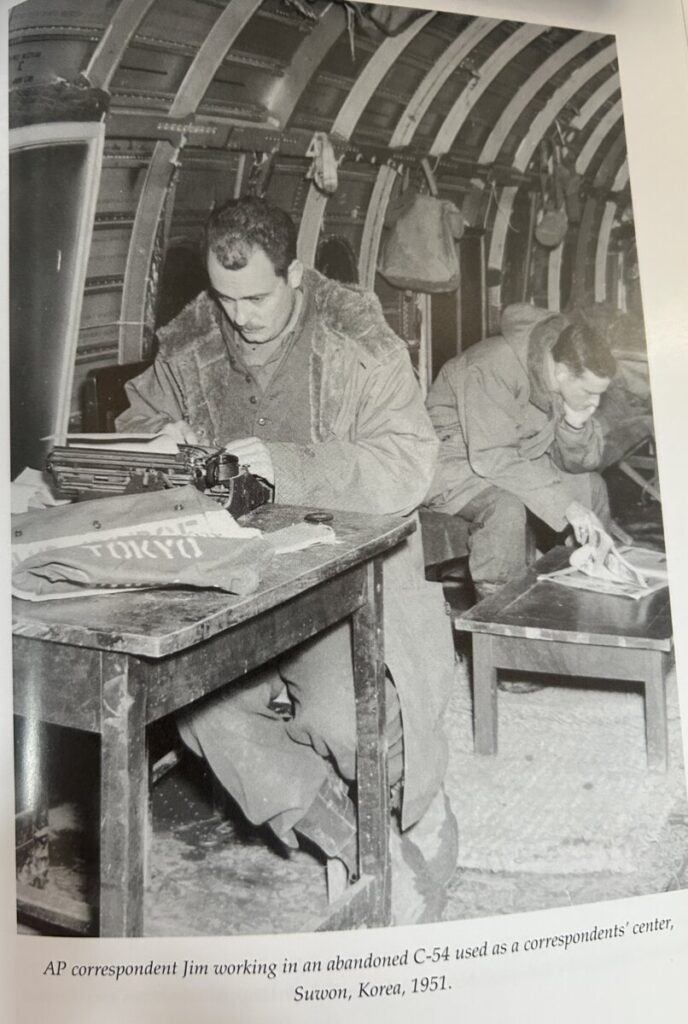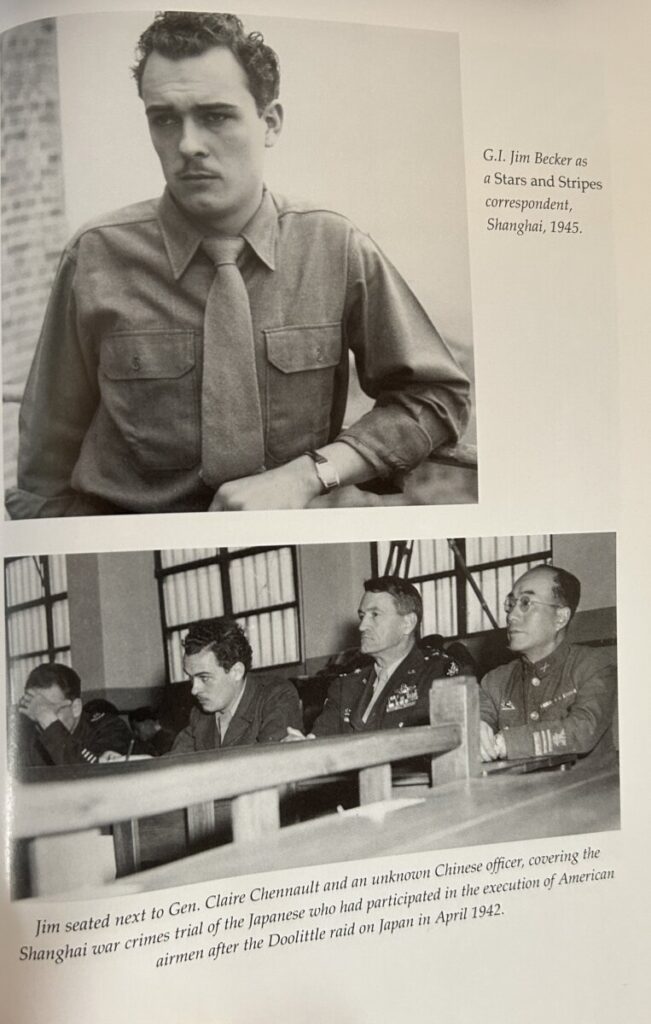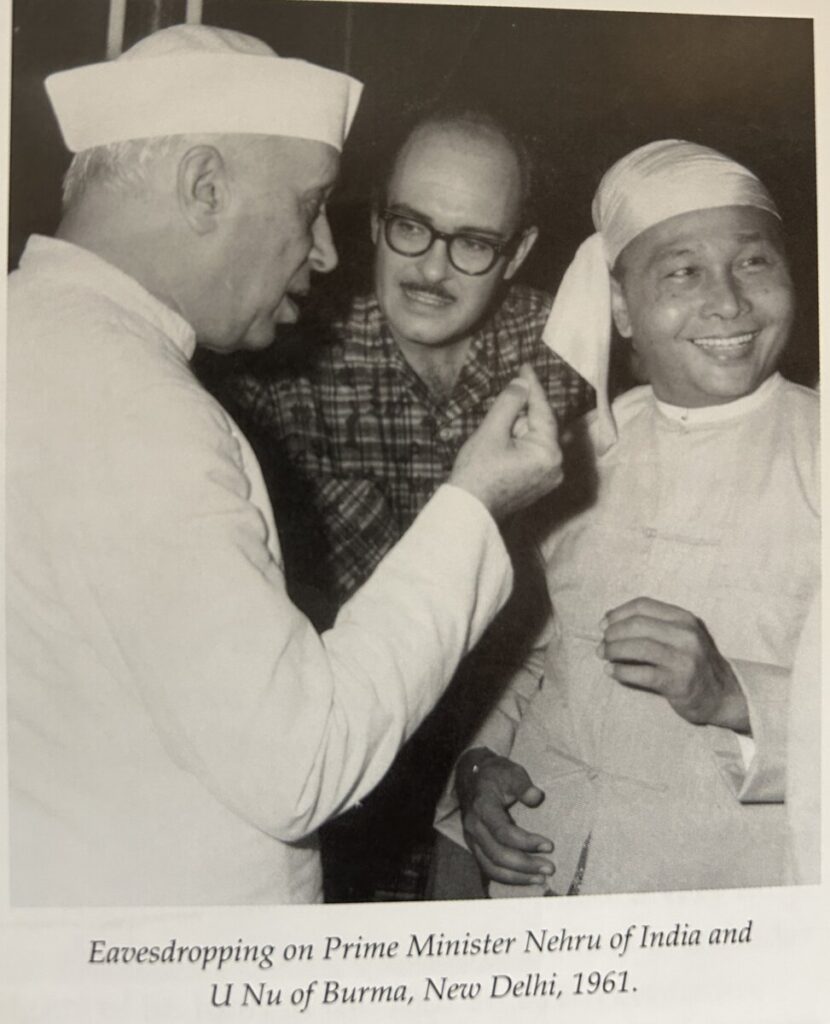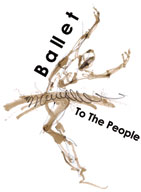Preface to Saints, Sinners & Shortstops, a memoir by Jim Becker – foreign correspondent, AP bureau chief, sportswriter, opera, ballet and theatre critic – who went to the Great Newsroom in the Sky yesterday at the age of 98.

“It must be great to be 17,” said the City Editor of the Los Angeles Herald-Express as he checked a story I had just submitted, “but there is only one R in erection.” In the exuberance of youth I had doubled the R’s in the word.
And I knew right then that this news business was going to be fun.
The City Editor was Jack Berger. I had finagled a job as a reporter with him shortly after my 17th birthday. Jack Berger taught me not only how to spell, but how to write a news story and how to meet a deadline (we had seven a day on the Herald). And he turned me loose to report on many of the characters they make movies about these days from Charlie Chaplin and Errol Flynn to Bugsy Siegel and Seabiscuit.
He launched me on a journey that eventually included four wars, assorted revolutions, riots, assassinations, royal weddings and a day with a bunch of Hawaiian, Samoan, Filipino and Japanese high school kids in Honolulu that produced the most important story I ever wrote.
The trip included brushes with presidents (one of whom, LBJ, called me a “no good stupid lying son of a bitch” when I told him the truth about the war in Vietnam) and prime ministers (the most remarkable of which was Margaret Thatcher), athletes and artists, kooks and clowns and even the occasional statesman.
It was a glorious life; I would have paid my bosses for the privilege. Lucky for me, they thought of paying me first.

The thread that connected all these adventures, for a half century and more, was Hawaii, the place and its people, so fortuitously located between East and West, a figurative and physical bridge.
My roots in Hawaii run deep. The army gave me a brief look on my way home from World War II service, and although I spent much of it wrangling with a customs officer, I had time enough to begin the lifelong love affair. Five years later the AP sent me to Honolulu as a correspondent. Five years after that back as Chief of the Hawaii Bureau. I reported about the great labor disputes which disrupted and then destroyed the ruling oligarchy, sugar, pineapple, shipping and the larger-than-life figures on both sides: the Australian Harry Bridges accused of Communist Party affiliations and his burly, brainy Hawaii deputy Jack Hall and on the management side the self-assured fifth and sixth generation sons and daughters of the missionaries who came to Hawaii in the early 19th century to do good and famously stayed to do well.
I watched the transfer of power from those who owned the great plantations to the sons and daughters of the immigrants who came from Asia to work them. I was even assigned as an official witness to the last scheduled execution in Hawaii, luckily cancelled with five minutes to spare.
I sat in the Legislature meeting room in Iolani Palace, the one-time home of the Hawaiian monarchs, on a lazy summer afternoon and heard the Territorial governor tell visiting senators that in Hawaii everybody’s in the minority, true then, true now, one of the major charms of the place.
Always, no matter where my travels took me, I came home. For nearly a decade I wrote a human interest column for the Honolulu Star-Bulletin. I established the connection with Hawaii’s antipode, Botswana, which led to dozens of young women from the southern African country attending university when none had before. I discovered Bette Midler, or rather she discovered me. And I detailed in a front page story the day a bunch of kids collected from Hawaii’s racial rainbow won the City high school championship and changed lives in their community, a story that reverberates today and is the climax of this collection.
The world came to us: Nixon (pre-Watergate), Bill Clinton (post-Monica), the union leader Jimmy Hoffa (pre-disappearance), one of my toughest-talking interviews ever, but I respected him and he me and many more you will meet in these pages.
I wrote and lectured on theater, opera, ballet, symphony, even Elvis Presley, who made one of his first public appearances in Hawaii. He had a toothache and my dentist, who fixed it, told me Elvis’ steady diet of Cokes and French fries had resulted in the worst set of teeth he had ever encountered.
I probed the history of the Islands, and that of the December 7 attack on Pearl Harbor, both the bombers and the bombed.
In the pages that follow are my stories about some of the people and places that made the serious work of reporting the news so much fun. You’ll meet Jackie Robinson (I covered his first major league game, an event of transcendental importance to our nation), the Dalai Lama (during the transcendental tragedy occurring in his nation). And you’ll encounter Baron X, Bette Midler and The Beatles, Rachmaninoff and Pete Rose (he lied to me, too).
You’ll visit Bayreuth and Botswana and the Taj Mahal. You’ll witness the Cuban Missile Crisis (I was on the plane that photographed the Soviet freighters taking the missiles out of Cuba) and the Munich Olympics massacre of Israeli team members, where international terrorism first reared its ugly head.
You’ll join me in my interview with Senator Joseph McCarthy (of the ‘ism’ that bears his name) before he discovered Communism, hence the subject never came up. And you’ll dine with me and Imelda Marcos in Manila before she and her husband stole the country blind, so that subject never came up either. And you’ll meet Princess Diana before she married her Prince (she taught pre-school across the street from our London apartment house; I also covered the royal wedding). And Marilyn Monroe before she made her famous tour of Korea to entertain the troops. I helped arrange it.
And the man who led the Japanese raid on Pearl Harbor as well as the American intelligence officers on the ground that December day, telling what each knew and when they knew it.

Some of the stories are amusing, some touching, some life affirming. All are of a time when reporters shared the belief that a profession important enough to be protected by the very First Amendment to the Constitution had a resultant responsibility to readers and viewers to shed light on issues and events rather than to play non-stop “Gotcha.”
Shining that light was at least half the fun.
